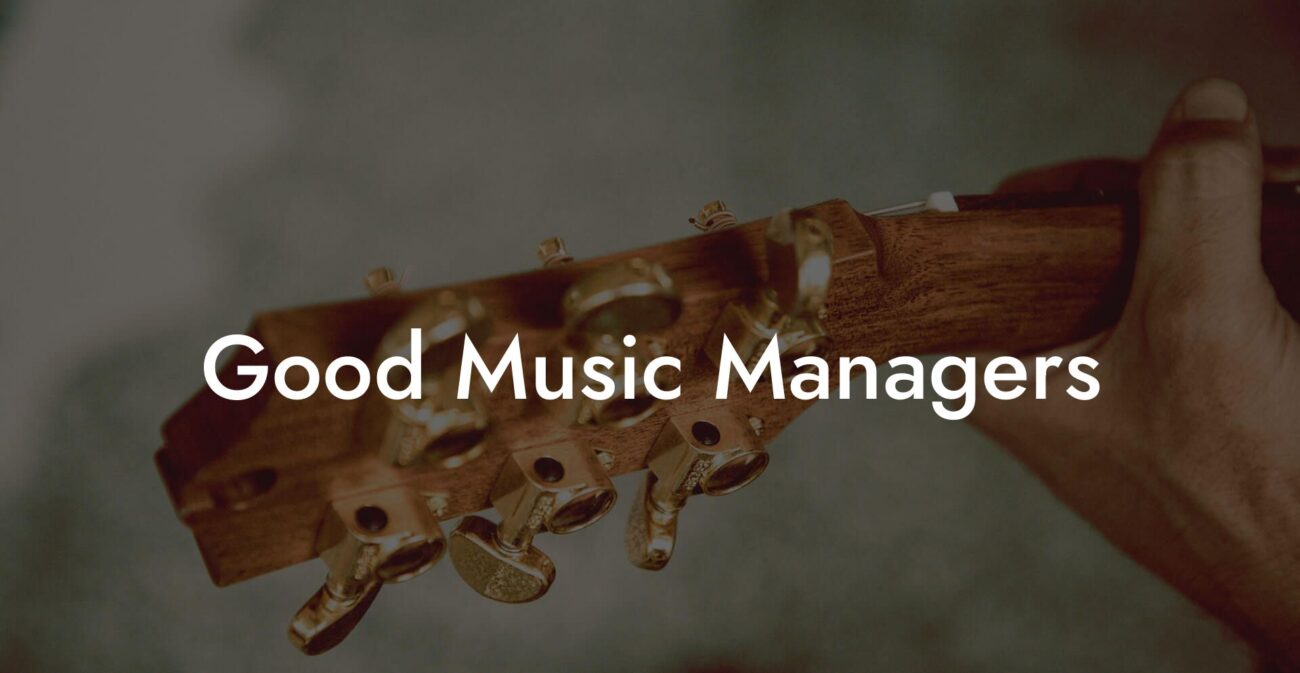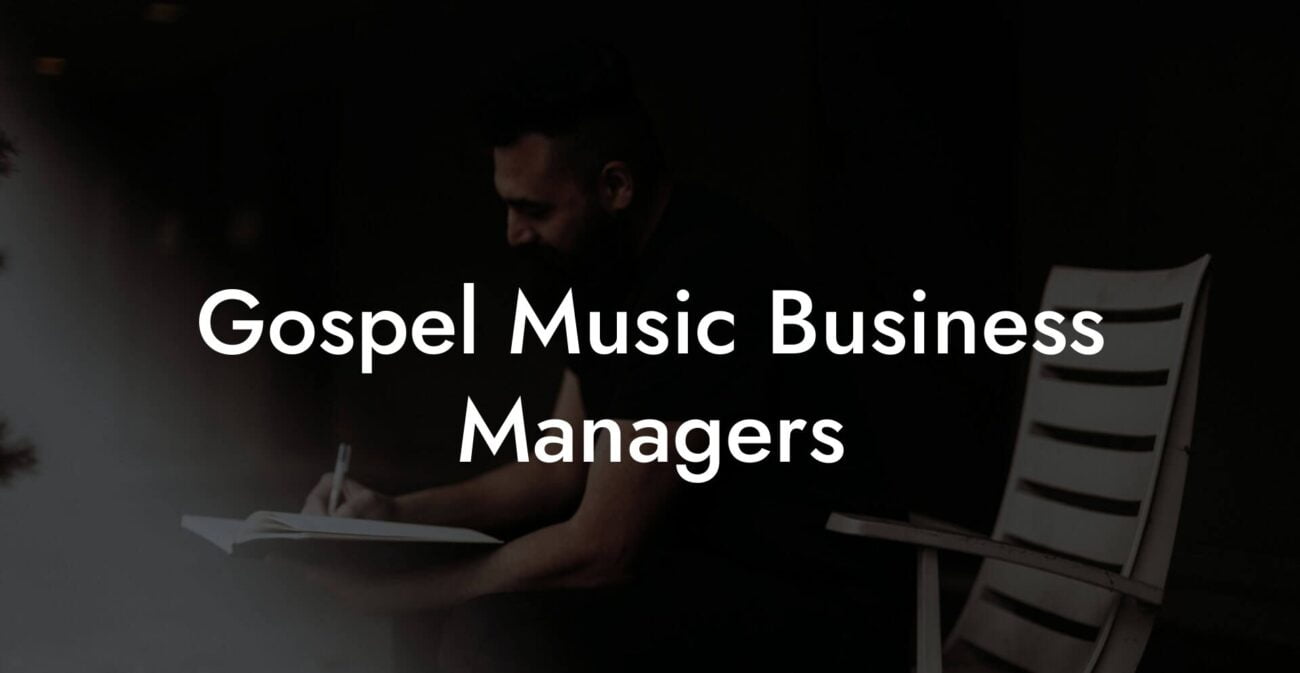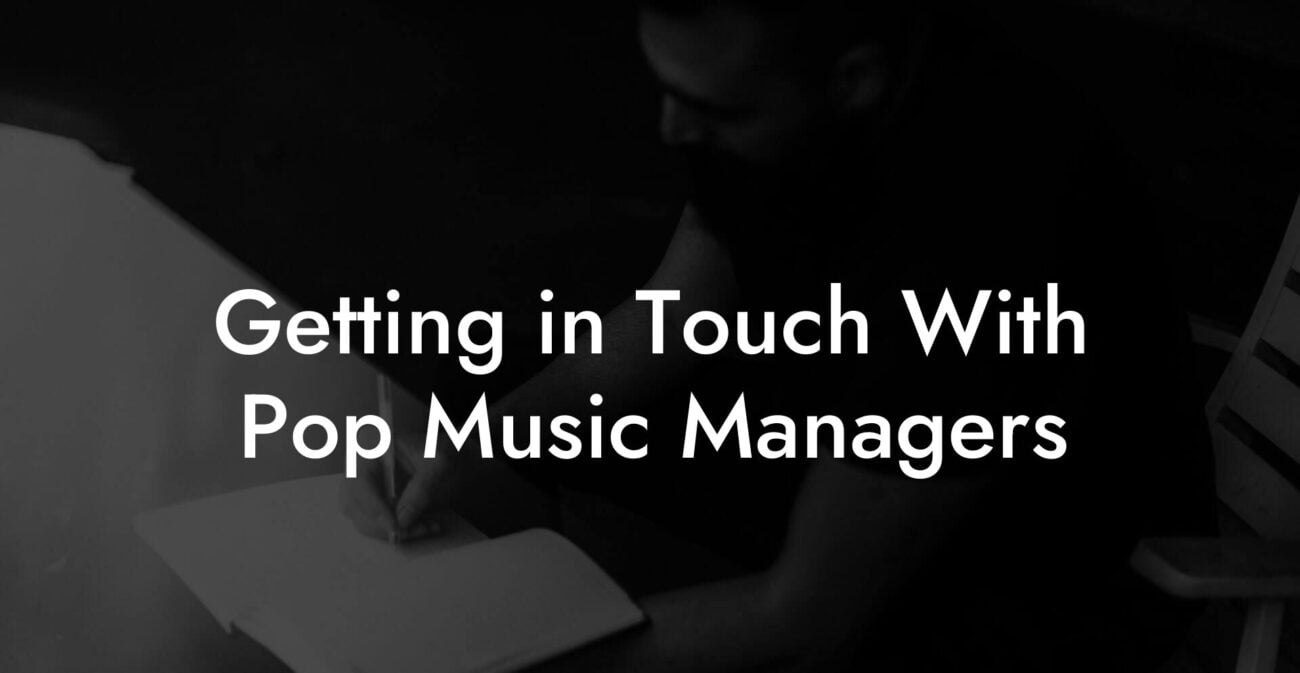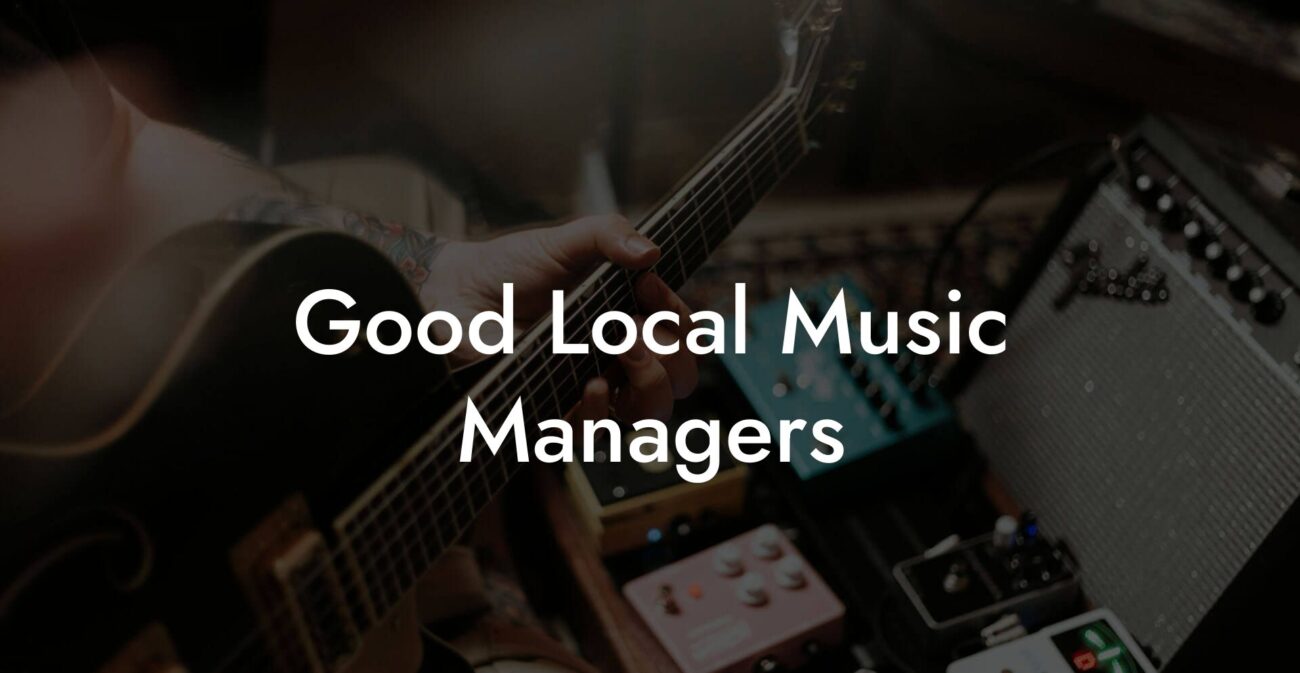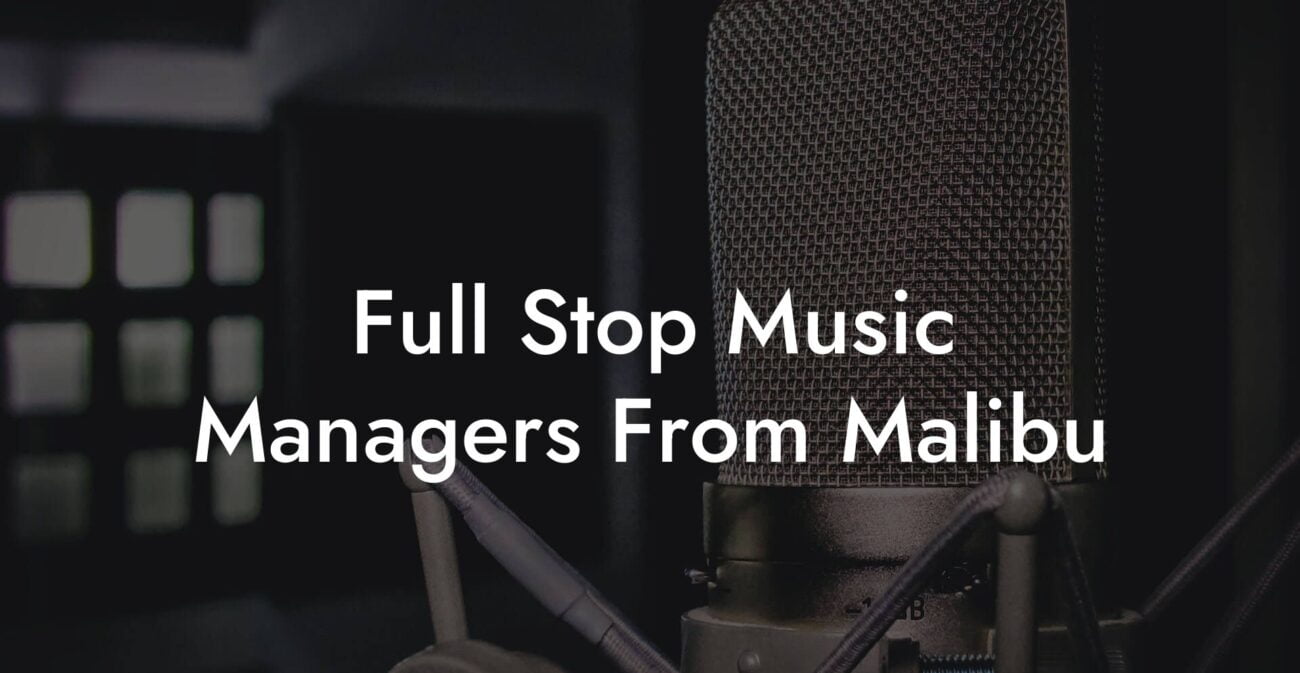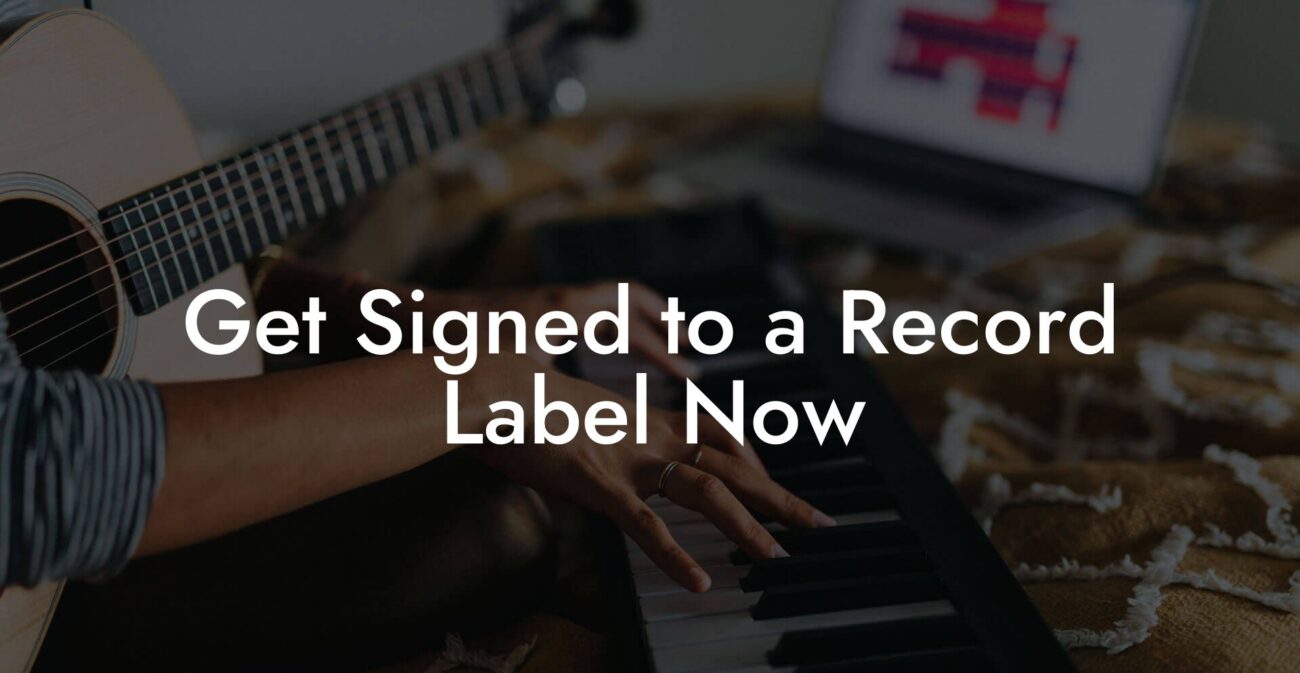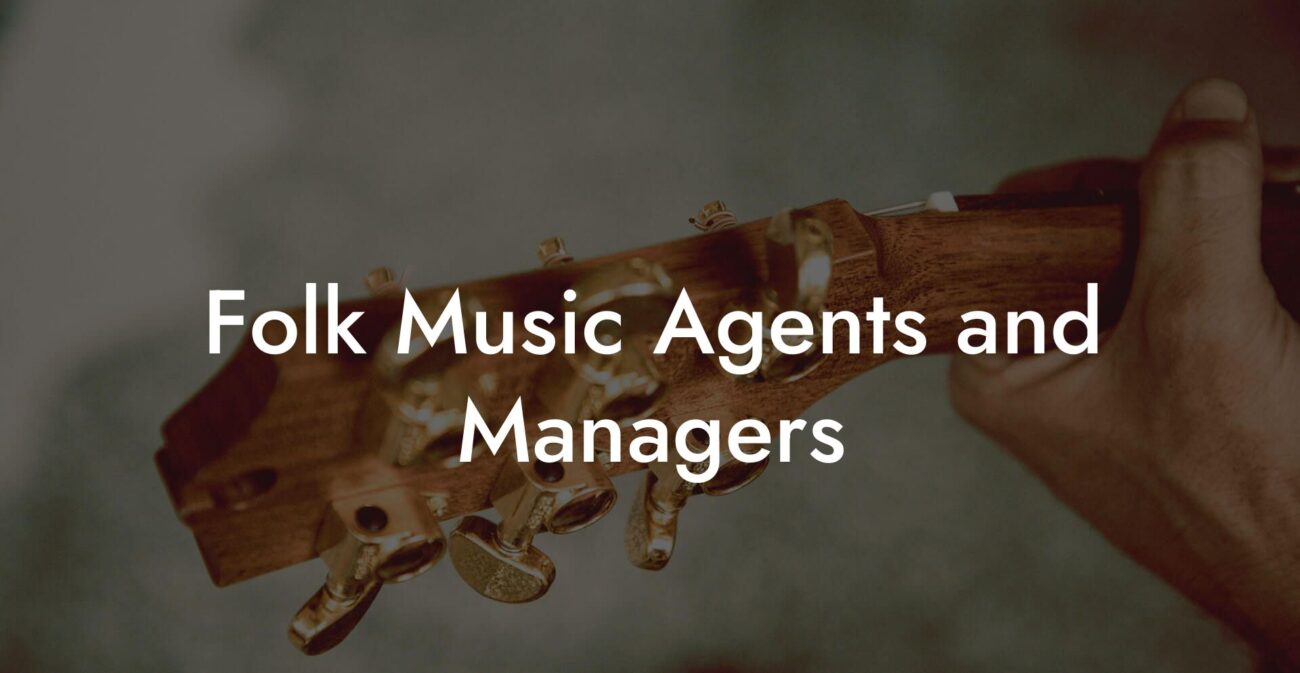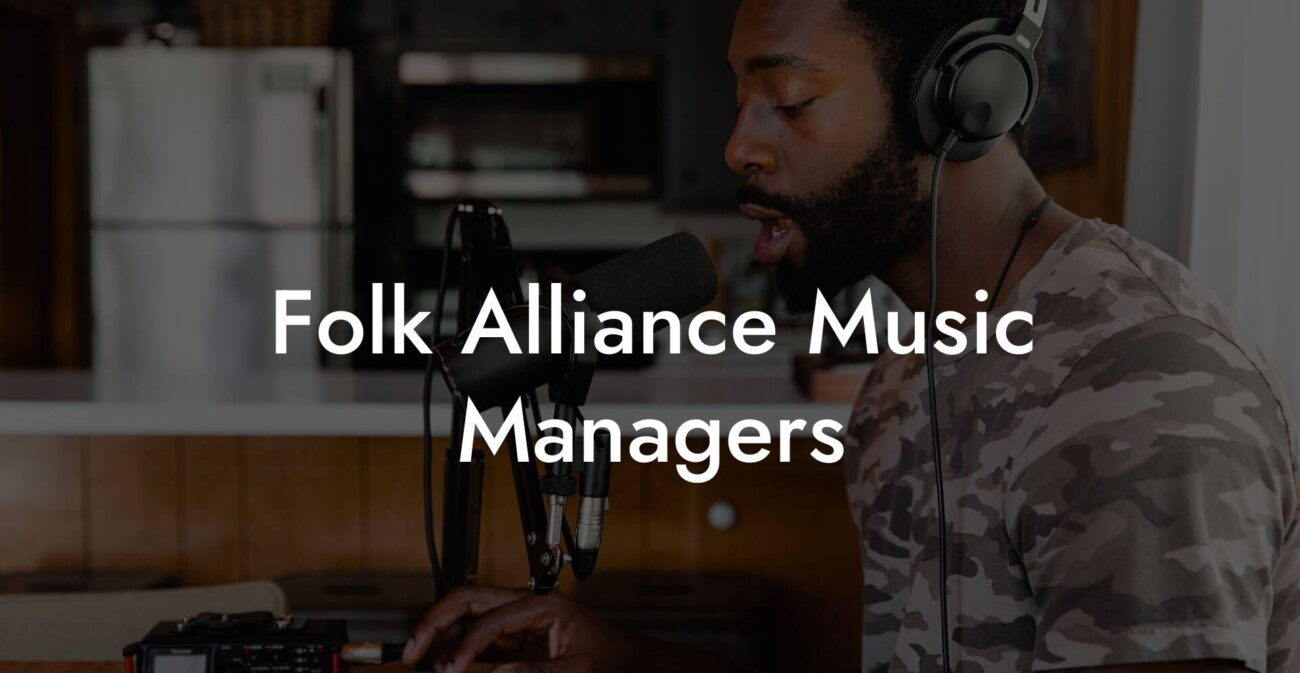Songwriting Advice
Lyric Structure Template
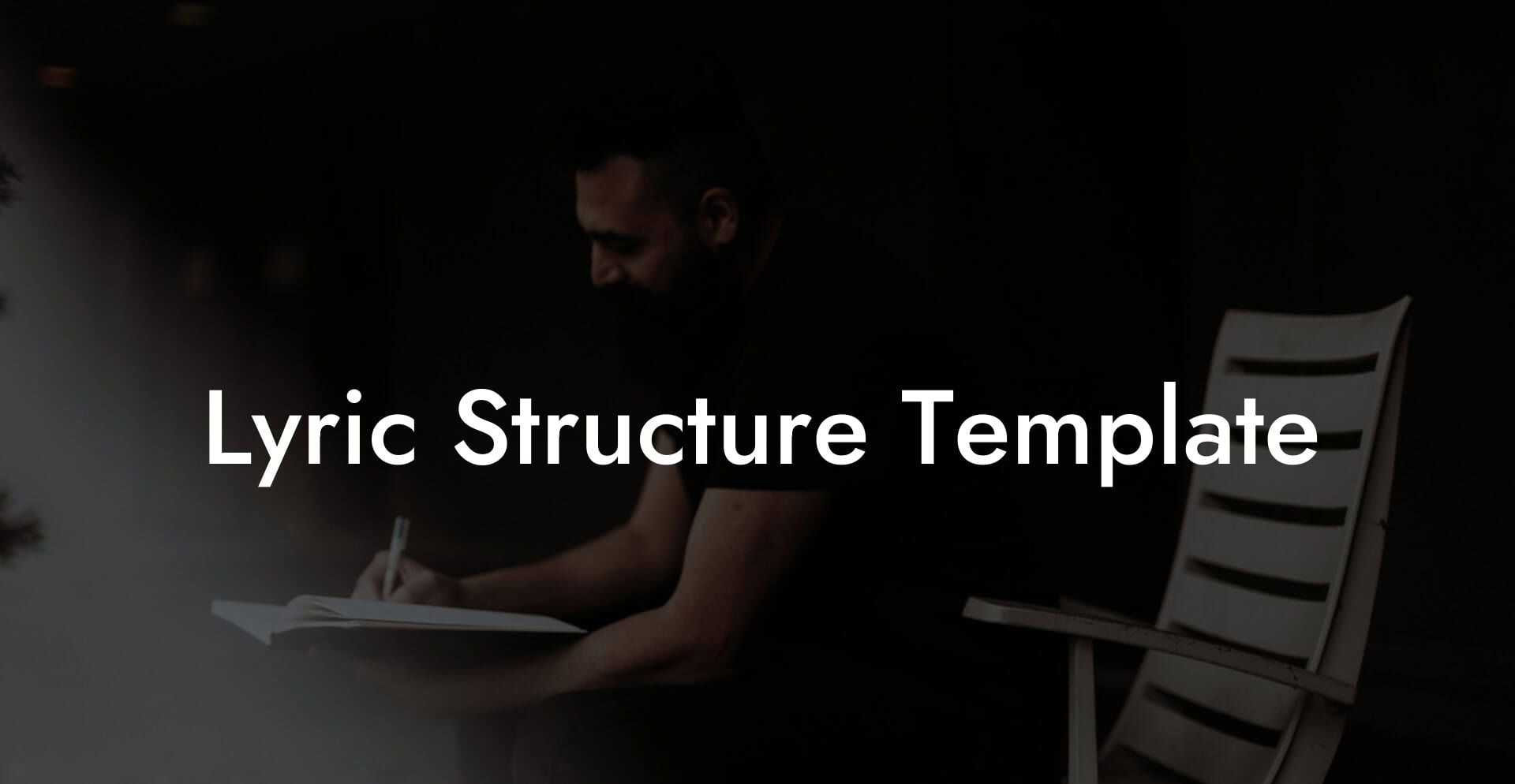
Want a plug and play lyric blueprint that actually makes songs sound like songs? Good. You are in the right place. This guide hands you ready to use lyric structure templates, shows how to fill each slot with lines that hit, explains the musical terms like you are standing in a studio with an honest friend, and gives drills you can use today to finish songs faster.
Quick Interruption: Ever wondered how huge artists end up fighting for their own songs? The answer is in the fine print. Learn the lines that protect you. Own your masters. Keep royalties. Keep playing shows without moving back in with Mom. Find out more →
Quick Interruption: Ever wondered how huge artists end up fighting for their own songs? The answer is in the fine print. Learn the lines that protect you. Own your masters. Keep royalties. Keep playing shows without moving back in with Mom. Find out more →
Quick Links to Useful Sections
- What Is a Lyric Structure Template
- Why Use a Lyric Structure Template
- Core Building Blocks of Every Lyric Template
- Common Terms Explained
- Universal Lyric Structure Template
- How to fill the Universal Template
- Short Hook Template for TikTok and Reels
- Storytelling Ballad Template
- Rhyme Scheme Templates
- Lyric Density and Syllable Targets
- Prosody Clinic
- Templates by Genre Quick Guide
- Pop
- Hip hop
- R B and Soul
- Indie and Singer Songwriter
- Templates You Can Copy and Paste Right Now
- Template A Classic Pop Chorus First
- Template B The Confessional
- Line Level Tactics to Use With Any Template
- Editing Pass Templates
- Exercises That Make These Templates Real
- Object Action Drill
- Two Minute Vowel Pass
- Title Ladder
- Camera Pass
- Before and After Examples You Can Steal
- Collaboration Friendly Templates
- Common Mistakes and How Templates Fix Them
- How to Make a Template Your Own
- Finish Your Song With a Simple Checklist
- Lyric Structure FAQ
Everything below is written for millennial and Gen Z artists who are tired of vague advice and want a plan. Expect humor, blunt truth, and templates you can paste into your notes app. We explain industry shorthand so nothing feels like insider code. We also include real life scenarios you can relate to the next time you are writing on your phone in a coffee shop or arguing with your plant about commitment.
What Is a Lyric Structure Template
A lyric structure template is a blueprint for how words move through your song. It is a simple map that tells you where the hook goes, where the story lives, where the rest is needed, and where you get to be wild. Templates remove the stupid blank page pressure. Instead of guessing what comes next you follow a plan and then bend it to your voice.
In practical terms a template will name sections, list counts like 8 bars or 16 bars, suggest rhyme and syllable targets, and give a short description of what to say in each section. Think of it as a recipe. If you can follow a recipe you can make a dish that gets compliments. If you can freestyle like a chef you will still use a recipe from time to time.
Why Use a Lyric Structure Template
- Ship faster Templates reduce dithering so you get from idea to demo quickly.
- Stay focused Each section has a job which prevents chorus creep and verse drift.
- Write with intention Templates give you constraints that spark better lines.
- Pitch friendly Executable structure helps producers and collaborators understand your plan quickly.
Real life scenario
You have a sick topline in your head at 2 a.m. and your brain keeps restarting. Use the Short Hook Template from below. You will have a full chorus and a verse idea before your coffee machine does its first dramatic hiss.
Core Building Blocks of Every Lyric Template
Templates are variations of the same handful of building blocks. Know them. Control them. Break them intentionally later.
- Intro Sets tone. Can be instrumental or a vocal tag. Keep it tiny unless you are telling a story slowly.
- Verse Moves the story forward. Verses are where detail and scene live.
- Pre chorus Raises pressure and points toward the chorus. Shorter lines. Higher energy.
- Chorus The emotional thesis. Say it plainly. Repeat it. The title usually lives here.
- Post chorus Small earworm that follows the chorus. Good for chants and TikTok hooks.
- Bridge or middle eight Delivers new perspective. Not a place to repeat the chorus unless you change something.
- Outro Leaves the listener satisfied. Can fade, repeat, or deliver a final line that lands like a mic drop.
Common Terms Explained
We will use words that sometimes feel like industry secret code. Here is translation so you do not need to guess.
- Topline This is the sung melody and lyrics that sit on top of the beat or chord loop. If you are writing the vocal melody and words you are writing the topline.
- Hook A hook is any part that a listener remembers. Most people mean the chorus when they say hook. Hooks can be one word chants, a guitar lick, or a vocal phrase.
- Prosody How words line up with melody and rhythm. Good prosody means the natural stress of words falls on strong musical beats. Bad prosody makes lines feel awkward even if the rhyme is brilliant.
- Mic drop line The line that feels like a punch. Use it sparingly and place it where it gets the biggest reaction.
- Beat map A one page time plan for the song. Think of it as a storyboard for music.
- TikTok friendly That means short, instantly repeatable, and obvious. A 10 second hook that people can lip sync to on first listen.
Universal Lyric Structure Template
Use this template when you want a classic, radio ready song. It works across genres. Fill it like a form and then make it yours.
- Intro 4 bars. Optional vocal tag. Set the sonic color.
- Verse 1 8 bars. Introduce scene. Include an object and a time crumb.
- Pre chorus 4 bars. Short lines. Raise tension. Hint at the title without saying it.
- Chorus 8 bars. Say the core promise. Use a ring phrase which means repeat the title at the top and bottom.
- Verse 2 8 bars. Add complication. Change one detail from verse 1 to show time passing or choice made.
- Pre chorus 4 bars. Slight variation. Increase energy.
- Chorus 8 bars. Keep the title. Add one new image at the end.
- Bridge 8 bars. New perspective or confession. Small shift in chord color or vocal delivery.
- Final Chorus x2 16 bars. Add harmony or a countermelody. Drop one line for an ad lib moment.
- Outro 4 bars. Repeat a small tag and fade or end on a dry vocal line.
How to fill the Universal Template
Verse rule
- Write two lines that act like establishing shots. Who where when. Then write two lines that show feeling through objects or small actions.
Pre chorus rule
- Short sentences. Use half the syllables per line compared to verse. Make the last line cadence away from home so the chorus resolves.
Chorus rule
- One sentence that states the core promise. Repeat or paraphrase once. Add a small twist on the final line like a consequence or visual.
Short Hook Template for TikTok and Reels
Perfect for viral clips. This template is tiny and designed to land in 15 seconds.
- Intro vocal tag or sound 2 seconds.
- Hook 8 bars or 15 seconds. One to three lines. Repeat the first line. Use present tense. Use a single vivid image.
- Optional drop or tag 2 seconds. A small ad lib or a laugh.
Fill example
Line 1: Keep your distance when I am standing in the light.
Line 2: Keep your distance my lipstick still has your name.
Repeat Line 1 once and add a small vocal riff. You have a viral hook.
Storytelling Ballad Template
Use this when you need to tell a full narrative. Think confessions and slow burn reveals.
- Intro instrumental 8 bars. Set mood.
- Verse 1 16 bars. Establish character and scene. Use time stamps like dates or days.
- Chorus 8 bars. Emotional thesis. Keep language plain. This is the heart of the feeling not the facts.
- Verse 2 16 bars. Complication and escalation. New details. Raise stakes.
- Pre chorus 4 bars. Short and tense.
- Chorus 8 bars. Repeat thesis. Slight lyrical shift to show growth.
- Bridge 8 to 12 bars. Revelation or twist. Use a mic drop line here.
- Final Chorus 8 bars. Resolve feeling. Add one new specific line that shows change.
- Outro one or two lines. Leave listener with the post song image.
Rhyme Scheme Templates
Rhyme is a tool not a trap. Here are schemes that work and advice on when to use them.
- ABAB Alternate rhyme. Feels conversational and modern. Use for verses where you want forward motion.
- AABB Couplets. Clear and punchy. Good for pre chorus or a hook that needs clarity.
- ABCB Slant or family rhyme on the B lines. Keeps things fresh and avoids sing song predictability.
- AAA Repeat a short word or phrase for a chant. Great for post choruses and ad libs.
Family rhyme explained
Family rhyme means using words that belong to the same vowel or consonant group but do not rhyme perfectly. Example family chain: late stay save taste. They feel connected without sounding like you are trying too hard.
Lyric Density and Syllable Targets
One of the fastest ways to fix a clunky chorus is to match density across your lines. If the first line of the chorus has 12 syllables and the next has 6 it will feel unbalanced unless you are doing that on purpose.
Quick targets
- Verse lines 7 to 10 syllables each. This keeps space for melody and phrasing.
- Pre chorus lines 5 to 8 syllables each to tighten rhythm.
- Chorus main line 6 to 12 syllables. Shorter often means more repeatable.
- Post chorus 1 to 6 syllables. Make it a chant.
Real life scenario
You wrote a chorus that feels clunky. Count syllables. Your first line has 11 and your second has 4. Either tighten the first line or lengthen the second. Often adding a tiny consequence line fixes everything. Example add This is my quiet for good at the end.
Prosody Clinic
Prosody is where most songs secretly die. Here is how to fix prosody without soul searching.
- Speak the line at normal conversation speed. Notice which syllables naturally carry stress.
- Sing the line on your melody. If the natural stress falls on a weak musical beat you will feel discomfort.
- Fix by moving words or changing the melody. Prefer changing the lyric to fix prosody. It is faster and keeps the melody intact.
- Test by saying the line to a friend. If they hear it as normal speech it will likely sit fine on a beat.
Example
Bad prosody: I could never wait for you to change. The stress pattern feels off when sung on a steady rhythm.
Better: I stop waiting for you to finally be you. The stresses land on stronger beats and it sings easier.
Templates by Genre Quick Guide
Use these as starting points. They are not rules. They are cheat codes.
Pop
- Intro 4 bars
- Verse 1 8 bars
- Pre chorus 4 bars
- Chorus 8 bars
- Verse 2 8 bars
- Pre chorus 4 bars
- Chorus 8 bars
- Bridge 8 bars
- Final chorus double
Hip hop
- Intro vocal or loop 2 to 4 bars
- Verse 1 16 bars with strong internal rhyme
- Hook 8 bars repeated
- Verse 2 16 bars
- Hook
- Bridge or breakdown 8 bars with a melodic change
- Hook with tag and outro
R B and Soul
- Intro with vocal riff 4 bars
- Verse 1 8 to 12 bars with sensory detail
- Pre chorus 4 bars that lifts
- Chorus 8 bars that crescendos
- Verse 2 8 to 12 bars more intimate
- Bridge 8 bars for confession
- Final chorus with improv and ad libs
Indie and Singer Songwriter
- Intro 4 to 8 bars acoustic
- Verse 1 8 or 12 bars full of images
- Chorus 8 bars loose and honest
- Verse 2 8 bars that shift perspective
- Bridge 4 to 8 bars a small reveal
- Outro repeating a line as a quiet fade
Templates You Can Copy and Paste Right Now
We give actual frameworks you can drop into your notes app and begin filling. Follow the prompts in brackets.
Template A Classic Pop Chorus First
Intro 4 bars
Chorus 8 bars
Verse 1 8 bars
Chorus 8 bars
Verse 2 8 bars
Chorus 8 bars with added harmony
Bridge 8 bars
Final chorus double with an ad lib tag
Chorus fill prompts
- Line 1 state the core promise in plain speech. Include the title.
- Line 2 repeat or paraphrase the core promise.
- Line 3 small consequence or image.
- Line 4 ring phrase repeat of the title or a short chant.
Template B The Confessional
Verse 1 12 bars [Set the scene using an object time place]
Chorus 8 bars [State what you learned or feel]
Verse 2 12 bars [Add complication and self reflection]
Pre chorus 4 bars [short and building]
Chorus 8 bars [repeat with a new image]
Bridge 8 to 12 bars [reckoning or decision]
Chorus 8 bars [final with a new closing line]
Line Level Tactics to Use With Any Template
- Ring phrase Start and end a chorus with the same short phrase. Memory loves loops.
- Rule of three Use three images escalating in intensity for verses or lists. Three lands like a story arc.
- Camera shots For each verse line add a camera note. If you cannot imagine it you need a stronger image.
- Swap abstract words Replace words like love hurt lonely with a tactile detail like an empty mug seat at the table.
- One idea per section Verses can have two smaller ideas but the chorus should have one emotional idea only.
Editing Pass Templates
After you finish a draft run these passes. Each pass is 10 minutes and ruthless.
- Prosody pass Speak every line. Mark stressed syllables. Align with beats.
- Crime scene pass Replace each abstract word with a concrete image.
- Syllable balance pass Count syllables across chorus lines and even out to avoid wobble.
- Title sanity pass Does the title appear where it needs to appear? If not move it.
- Third ear pass Play for one person who never meets you in a studio and ask what line they remember.
Exercises That Make These Templates Real
Object Action Drill
Pick an object near you. Write four lines where the object performs an action that reflects the emotion you want. Ten minutes. Then pick the best line and use it as a chorus filler.
Two Minute Vowel Pass
Play a simple two chord loop. Sing only vowels for two minutes. Mark the gestures you want to repeat. Those gestures become your melodic skeleton.
Title Ladder
Write your title. Now write five variations using fewer words or stronger vowels. Choose the one that sings best and keeps the meaning.
Camera Pass
For each line of your verse write what the camera sees in brackets. If nothing appears rewrite the line with a physical object and action. This method forces specificity.
Before and After Examples You Can Steal
Theme Break up resolve
Before: I am over you and better without you.
After: I put your hoodie on the chair and it does not smell like us anymore.
Theme New confidence
Before: I feel like I am new and free.
After: I walk in like I already own the room and the mirror agrees.
Theme Late night thinking
Before: I keep thinking about the past at night.
After: The microwave blinks twelve again and your name shows up where my playlist should be.
Collaboration Friendly Templates
If you are sending a lyric to a producer or co writer use this simple file format in your message. It is fast and industry friendly.
- Title: [One line]
- Core promise: [One sentence stating the emotional idea]
- Form map: [Intro 4 bars, Verse 1 8 bars, Pre chorus 4 bars, Chorus 8 bars, etc.]
- Chorus lyrics: [Paste full chorus lyric]
- References: [One or two songs that capture the vibe]
- Notes: [Any must have lines or arr ideas like the riff returns at bar 17]
Real life scenario
You are working with a producer who sends a beat at noon. Reply with this file and a short voice memo of you singing the chorus. It saves time and gets you both on the same brain fast.
Common Mistakes and How Templates Fix Them
- Too many ideas in a chorus Templates force a single thesis for the chorus which makes it repeatable.
- Verses that sound the same Templates require a change in detail between verse 1 and verse 2 so the story moves.
- Chorus that does not lift Templates ask for a range or rhythmic change between verse and chorus so the chorus has weight.
- Unclear title placement Templates identify where the title should appear and how often to repeat it.
How to Make a Template Your Own
Templates are maps not prisons. After you are comfortable with a template try these ways to break rules without killing the song.
- Remove the pre chorus entirely and use a post chorus that serves the same purpose.
- Use a short chorus which is a single repeated line and let the verses carry the narrative weight.
- Make the bridge the chorus in disguise. Give the chorus one meaning and the bridge a twist that flips that meaning.
- Swap the order. Start with the chorus then tell the story. This is common in hip hop and trap pop.
Finish Your Song With a Simple Checklist
- Does each section have one clear job?
- Does the chorus state the core promise plainly?
- Is the title easy to sing and placed where listeners hear it?
- Do the verse lines use specific images and actions?
- Do stresses in words land on strong beats or long notes?
- Is the chorus range higher or more open than the verse?
- Can you hum the hook two hours after you wrote it?
Lyric Structure FAQ
What template should I use if I only have a hook idea
Use the Short Hook Template. Place your hook at the top of the form followed by a verse that sets a quick scene. The idea is to showcase the hook first so listeners get the payoff early. This format is perfect for viral content and for pitching to producers who need to hear the hook fast.
How many verses do I need
Two verses is standard for most songs. You can have one if your chorus and post chorus carry the story. You can have three if the narrative needs more space. The number is dictated by the story not tradition. Use a template to decide whether you need more information or a stronger chorus.
Should I always put the title in the chorus
Most of the time yes. The chorus is the place the listener expects the title. If the title belongs somewhere else for artistic reasons make sure a short memorable phrase still lives in the chorus so listeners have an anchor.
How do I write a bridge using a template
Think of the bridge as the part that rewrites the song for the final act. The template asks for 8 bars that give new information or flip the perspective. Make it shorter than a verse and use a different melody or rhythm so it feels like a real shift.
What is the easiest way to fix a chorus that feels weak
Raise the melody range and simplify the language. Use open vowels on long notes. Remove any extra words that do not help the core promise. If the chorus still feels weak add a ring phrase or a post chorus tag that repeats a one or two word chant.


